40 years of low power wireless innovation
Nordic Semiconductor celebrates its 40th anniversary as a company this year.
And the company has come a long way from its humble beginnings as a small, specialist supplier of ASIC design services in the Nordic region that was founded in Trondheim, Norway in 1983.
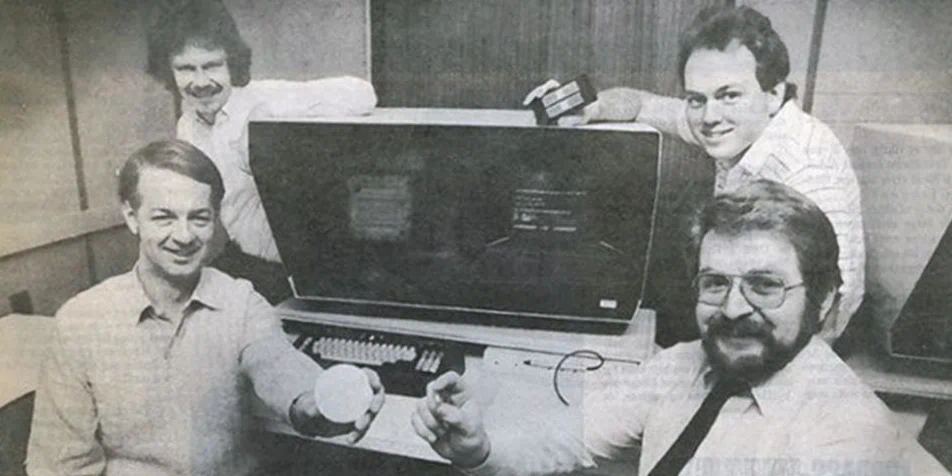
The history of Nordic Semiconductor could be described as one of two 20-year-old companies joined together, with the first laying the technical foundations for the second. The original Nordic Semiconductor, named Nordic VLSI, began life as a design house. Nordic VLSI sold consultancy services for mixed signal (analog and digital) application specific integrated circuits (ASICs) to individual customers in the Nordics, and later expanded into high performance data converters.

The second Nordic, rebranded to the current identity of Nordic Semiconductor in 2004, began in 2002 with the arrival of Nordic's current CEO, Svenn-Tore Larsen. It was Larsen who decided that the company would transform from a supplier of services to a supplier of wireless components. It was a keystone decision from which Nordic Semiconductor would never look back.*
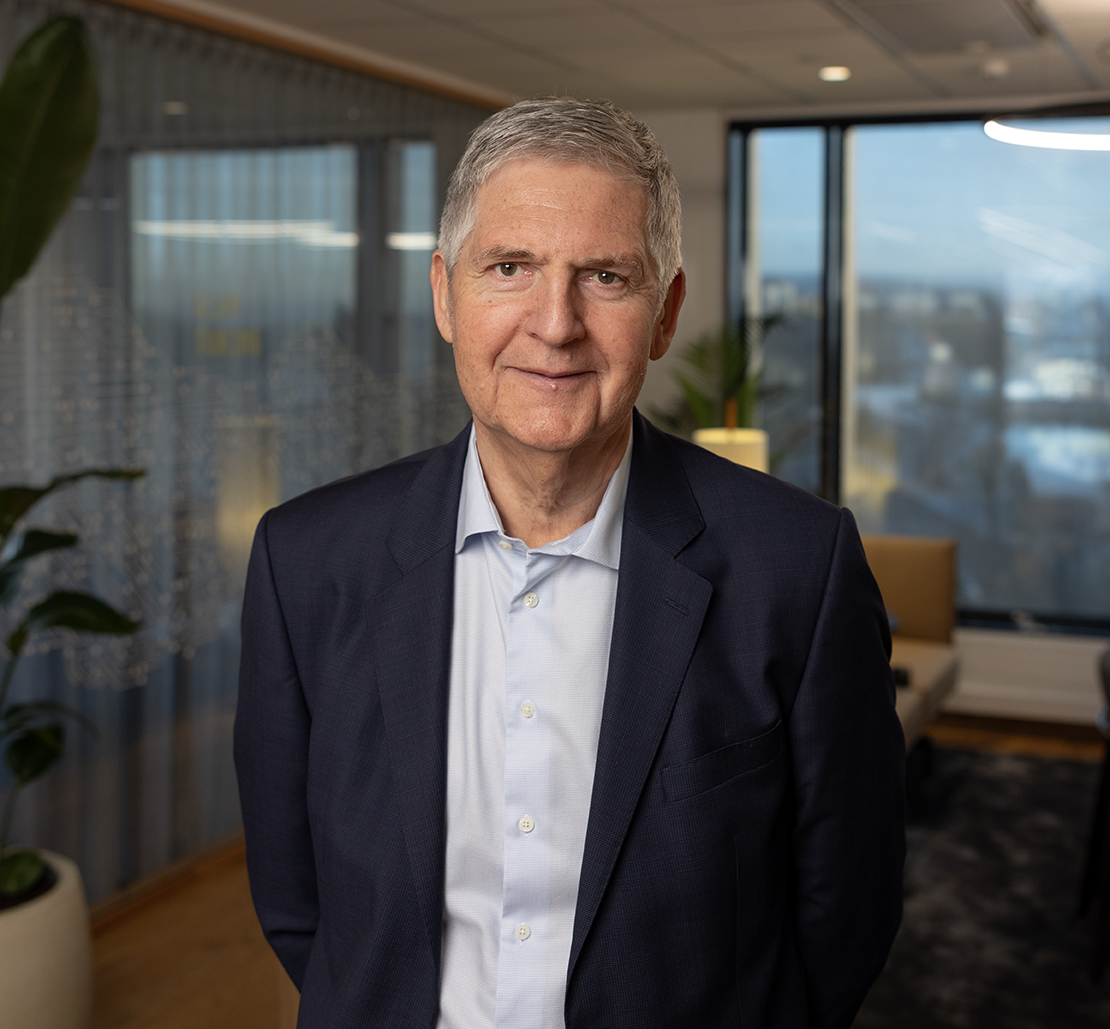
"Wireless design is a particularly challenging area of electronics engineering that is often regarded as almost a technological art-form to get right," explains Svein-Egil Nielsen, Nordic's CTO / EVP R&D who for several years complemented his Nordic role as Chairman of the Bluetooth SIG. "And one of the most critical parts is how to successfully mix analog and digital signals, which Nordic spent the first 20 years of its life mastering to an extraordinary level of expertise and competence."
"This laid the foundations for me to be able to decide to take the company down a standard RF wireless components path in 2004, two years after I joined," continues Svenn-Tore Larsen, Nordic's CEO. "And in particular, standard wireless components that were engineered to be able to operate at ultra low power consumption levels that could support battery-powered operation."
Wireless connectivity for all
Today Nordic Semiconductor's mission is to make low power wireless IoT connectivity accessible to all. This includes abstracting away as many unnecessary layers of technical complexity as possible and offering more of the hardware and software required to build a robust and market-ready turnkey solution.
"When going from being a Bluetooth wireless connectivity company to being an IoT solutions provider you need to look at the problems you are solving in a more holistic way," explains Kjetil Holstad, EVP Strategy & Product Management at Nordic Semiconductor who joined the company in 2015 and was instrumental in pushing Nordic's expansion into Power Management ICs (PMICs) and so becoming a solutions provider.
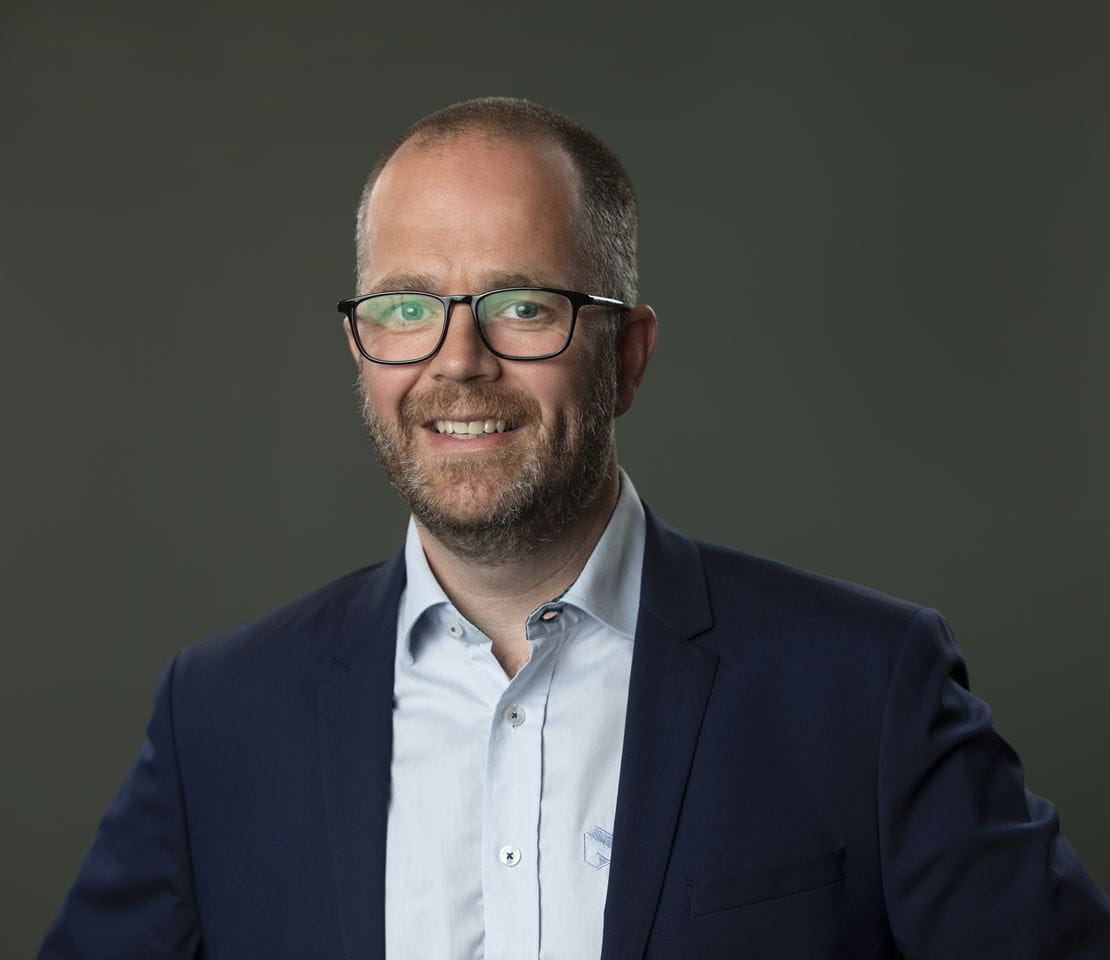
"That means you take responsibility from the battery or sensor to the antenna all the way up to the cloud for the wireless connectivity, including the computer processing and power management. And how each part of the whole chain affects the overall power consumption when you're keeping it as low as possible."
To own the whole supply chain and meet customer demand, Nordic's product offerings today have expanded into every major wireless IoT connectivity protocol and technology. This includes Cellular IoT (NB-IoT and LTE-M), DECT NR+, low power Wi-Fi, Matter, Thread, Zigbee, Cloud and location services, and PMICs. All of this is designed to make it as simple as possible for customers to develop a wireless solution. This includes being ultra simple to design with, power-optimized, and with a lower total ownership cost compared to using a mix of third-party suppliers. And one of the reasons Nordic's technical supports is so legendary for its brilliance in helping customers is because Nordic owns and controls almost all component parts used in its solutions.
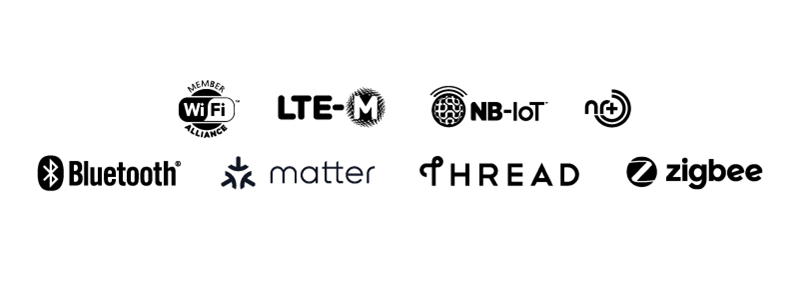
"But being a solutions provider means we offer and support an awful lot of wireless technologies, services, and chips for a company the size of Nordic Semiconductor, and that has not been easy," admits Holstad. "We have been fully stretched to deliver these. But we had to deliver this range of solutions to be a one-stop-shop for all things wireless connectivity and build the foundations for the next decade of growth."
"Rewards are proportional to the kind of risks you take and a willingness to disrupt established industries," concludes Geir Langeland, Nordic's EVP Sales & Marketing. "This requires endless amounts of tenacity and patience to keep going when things get tough. And they will get tough when you're at the forefront of an emerging market that often didn't exist before you entered it. And a market therefore that could take many years to reach its full potential, particularly if that potential is to transform the world.
The time for cellular IoT is now.
Langeland continues: "Cellular IoT in both its LTE-M and NB-IoT flavors is a good example. Nordic Semiconductor entered that market in 2018 before most of the global infrastructure required to support the technology had been built. And we launched a solution, the nRF9160 System-in-Package (SiP), that was years ahead of the competition in terms of power consumption, integration, and performance. That created a massive educational challenge for the market that is still on-going for us.
"And only now, five years later, would I consider that we are seeing the potential for mass market deployment. And that was a very long time for a stock market-listed organization to wait for a return on a substantial up-front investment. But we wouldn't be poised to take full advantage of this market today if we hadn't had the courage to be early pioneers. This has now led to the recent launch of two new powerful additions to our Cellular IoT SiP range: the nRF9161 and nRF9131 LTE-M/NB-IoT and DECT NR+ solutions."
Nordic transformed wireless connectivity
Back in 2002 the whole world was 'wired'. And that included computer peripherals such as keyboards and mice. Since then, Nordic Semiconductor, more than any other semiconductor company, has done the heavy lifting to forever turn the world wireless. The company did this by first using license-free proprietary ISM (Industrial, Scientific, and Medical) frequency bands and later the 2.4 GHz band that would lay the foundations for modern-day Bluetooth® Low Energy (Bluetooth LE). In fact, Nordic effectively wrote the original engineering specification for Bluetooth LE in the early 2010s.
This connectivity revolution enabled the development of products that could operate wirelessly while running on battery power alone for extended periods of time (months or even years). At the time this was a capability that was almost unique. And it laid the foundations for whole new wireless product categories, such as computer gaming controllers and wearables, that Nordic's wireless connectivity tech helped make possible.
But it was the 2012 launch of Nordic's nRF51 Series Systems-on-Chip (SoCs) that redefined the leading-edge of the Bluetooth LE market. This included using a powerful on-board Arm processor for the very first time, unprecedented amounts of embedded memory, and a unique software architecture that separated the Bluetooth RF protocol from application software to dramatically simplify coding. None of these advances had ever been seen before in the Bluetooth LE market. "The nRF51 Series literally sent Nordic's competitors scrambling back to the drawing board when it came to how to design a Bluetooth LE chip," recalls Nielsen.
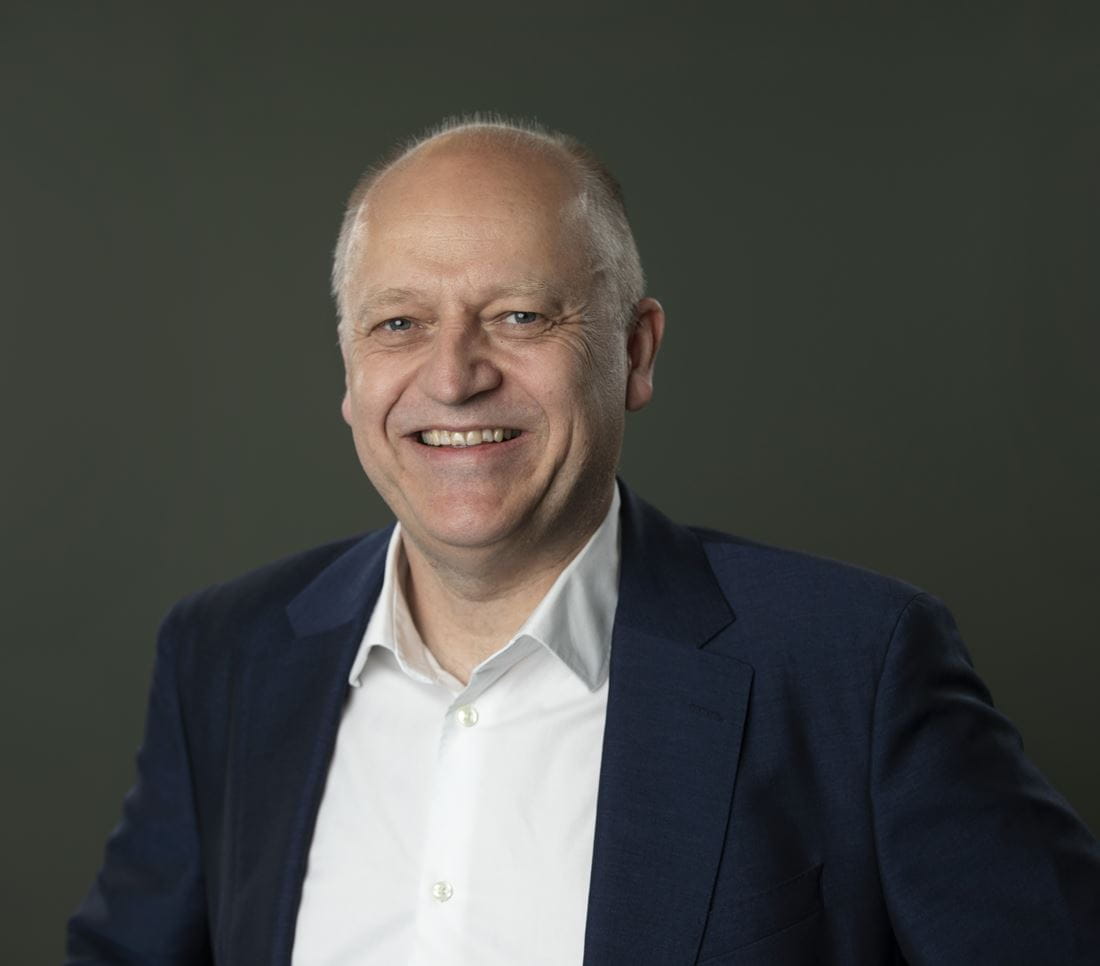
And the nRF51 Series was later expanded to the nRF52, nRF53 and now latest nRF54H and nRF54L Series including the newly sampling nRF54H20 and nRF54L15 SoCs. Each of these Series in turn redefined the state-of-the-art in Bluetooth LE in areas such as power consumption, security, processing power, on-air performance, size, and integration. When launched in volume during 2024, the nRF54 Series will redefine what products and applications it is possible to build using Bluetooth LE.

Nordic Semiconductor today
Today Nordic Semiconductor is so much more than just a Bluetooth Low Energy company. Although it will remain the world's leading Bluetooth semiconductor chip and solutions provider, Nordic has become a complete end-to-end wireless connectivity solutions provider.
And what has not changed in four decades is Nordic's ambition, commitment to exciting developers, commitment to producing class-leading and industry disrupting products, and commitment to provide a level of technical support to all its customers that is unmatched in the global semiconductor industry.
"Nordic has never lost its focus on customers," concludes Langeland. "Nordic Semiconductor's technical support is second-to-none. And its ability to support and solve customers technical issues – whether or not the problem is even related to a Nordic component – is what customers worldwide have come to expect and rely on.
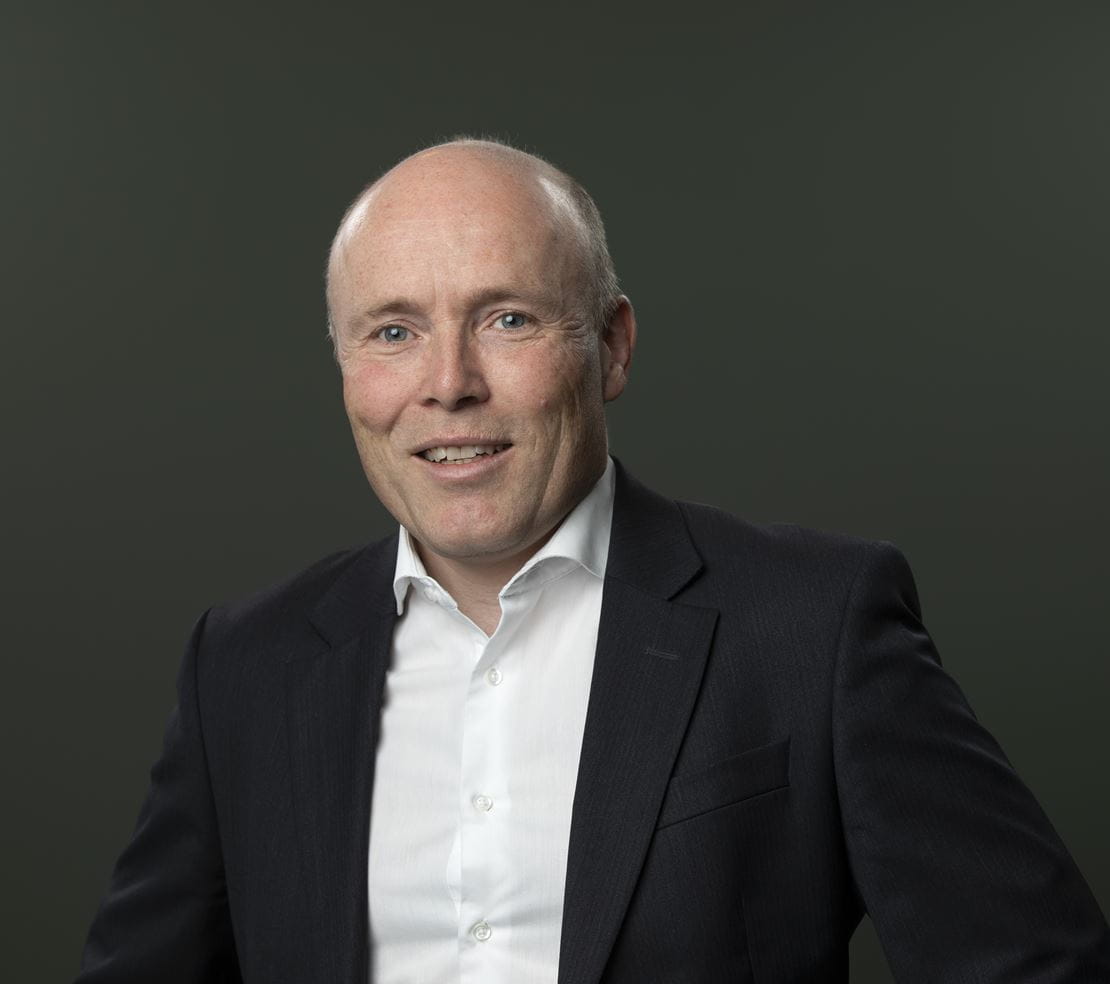
"Nordic sees itself as a partner to its customers, not simply a supplier. And that has made all the difference. And is why so many of our customers have been with us over the long-term. They continue to contribute to our product roadmaps which in turn contribute to what features and performance their next generation products can achieve to their end customers. This is part of what makes Nordic Semiconductor so uniquely special in the global wireless IoT connectivity industry today."
*On December 12, 2023, it was announced that Nordic Semiconductor’s CEO Svenn-Tore Larsen is stepping down, and Vegard Wollan is becoming the company’s new CEO starting January 1st, 2024. The announcement can be read here.